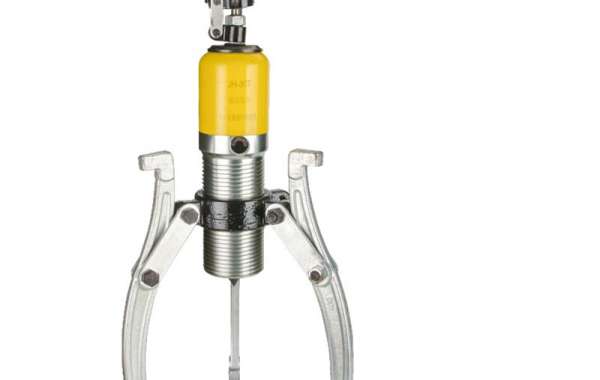Choosing and using a Hydraulic Puller correctly can mean the difference between a smooth repair job and a frustrating, potentially dangerous situation. These powerful tools require understanding of their capabilities and limitations to achieve best results. Whether you’re a professional mechanic or an industrial maintenance technician, proper Hydraulic Puller selection and operation are essential skills.
The first consideration when selecting a Hydraulic Puller is capacity. Pullers are rated by maximum tonnage, and choosing one with insufficient power for the job can lead to tool failure. However, an oversized Hydraulic Puller might be unnecessarily cumbersome. Assessing the typical components you work with—their size, material, and fit—helps determine the appropriate capacity range. Many professionals keep multiple pullers to cover various scenarios.
Attachment options represent another important factor. A quality Hydraulic Puller system should offer various jaw configurations, pusher plates, and extension arms to handle different component geometries. For example, internal bearing removal requires different attachments than external gear extraction. Modular systems that allow quick changes between tasks provide the greatest versatility in workshop environments.
Proper setup is crucial for safe Hydraulic Puller operation. Before applying pressure, ensure the puller is centered and securely positioned. Uneven loading can cause the tool to slip or damage the component. Using protective plates behind the puller jaws distributes force and prevents damage to delicate surfaces. Always verify that all threaded connections are tight and that the hydraulic system shows no leaks before beginning the pull.
During operation, gradual pressure application is key. Rapid pumping can create sudden force spikes that might damage components. Most experienced operators recommend increasing pressure in small increments, allowing the hydraulic fluid to stabilize between pumps. If resistance seems excessive, it’s better to stop and reassess rather than force the pull, which could indicate incorrect setup or an unexpectedly tight fit.
Maintenance practices significantly impact Hydraulic Puller longevity. After each use, clean the tool thoroughly, removing any metal particles or debris. Store the puller with the piston fully retracted to protect the seals. Periodic inspection of hydraulic hoses and replacement of worn jaws prevent unexpected failures during critical jobs. Keeping a log of maintenance activities helps track the tool’s condition over time.
As Hydraulic Puller technology advances, features like built-in pressure gauges and automatic release valves are becoming more common. These innovations make the tools safer and easier to use while providing better feedback during operation. Regardless of specific model features, following fundamental principles of selection, setup, and maintenance ensures reliable performance from any Hydraulic Puller.







